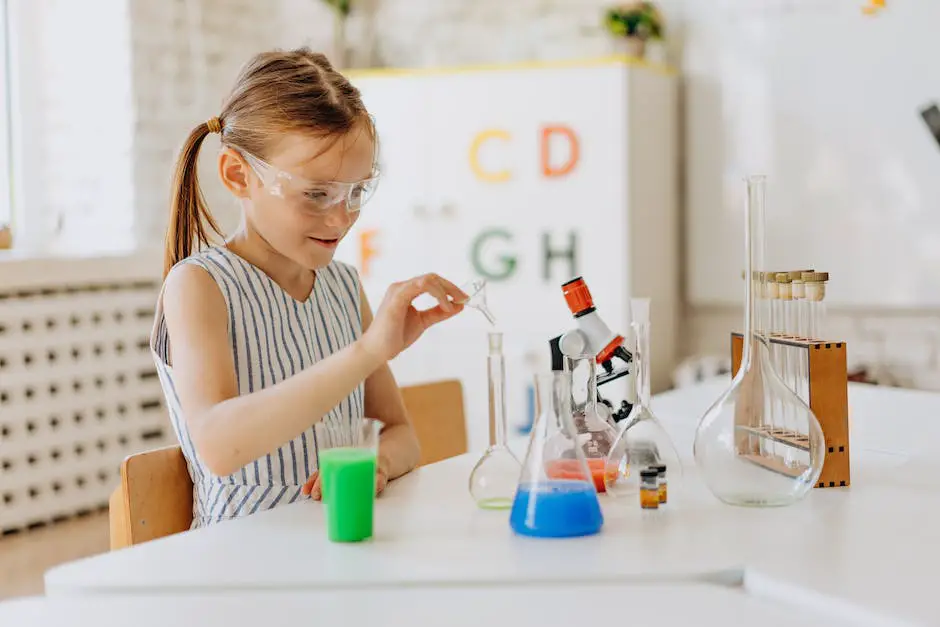What is experiential learning? This article describes this learning approach, presents a model of how it works and gives an example. It also enumerates the four steps of the learning process and the elements needed for learners to gain knowledge.
Table of Contents
What is Experiential Learning?
Experiential learning is founded on the idea that learning takes place among students by giving them the experience to do what is expected of them. Kolb (1984) defines learning as “the process whereby knowledge is created through the transformation of experience.” It does not follow the conventional one-way lecture approach where students become passive listeners. Learning takes place when students desire to gain the knowledge they seek. Thus, teachers need to guide students through the process of learning by experience.
Experiential learning is the process whereby knowledge is created through the transformation of experience.
– David Kolb

The philosophy behind experiential learning is that students learn best when allowed to discover new things and experiment on the outcomes of an action firsthand, instead of just hearing or reading about the experiences of others. Students learn after they have reflected on their experiences, with the end in view of doing it better the next time they engage in such activity.
Elements of Experiential Learning
Experiential learning takes place even without a teacher around. However, learning becomes much more meaningful if the learner possesses the following characteristics:
- willing to engage actively in the activity,
- reflects on the experience,
- uses analytical skills, and
- able to decide and solve problems using new ideas gained from experience.
Model of Experiential Learning
The desire to learn varies among individuals. Hence, experiential learning focuses on the individual’s learning process.
Let us see how experiential learning takes place by presenting a model. A model is a representation of what scientists think about how it works. One of the popular models of experiential learning is that of Kolb (1984). The four-step experiential learning model is presented in the figure below.

How is the model applied in real life situations? The following example will show how this model works.
Example of Experiential Learning
I employ experiential learning whenever a software application interests me. Being an open source enthusiast, I studied Lyx, an advanced open source document processor running on Linux. Nobody in my work environment knows how to use Lyx, so I learned by discovery.
Once the software has started, I just typed on the document processor and used the menu by clicking on it and selecting from the dropdowns. I discovered that a button, for example, sets the font in Italic in a way different from the word processors that I use. As the I go through the whole process, I discovered many other things or features of the software. Thus, I learn more things as I reflect on the effects of my action and apply what I have in mind.
Using the model, the following are the four steps of the learning process:
- Concrete experience: booting up the computer, installing Lyx, and opening the software for actual use.
- Active experimentation: playing with the menus.
- Reflective observation: discovering that the Menu labeled Edit contains the command to change the default font to italic, bold, among others.
- Abstract conceptualization: figuring out the use of other menus using the experience gained.
This simple example demonstrates how experiential learning takes place. Apply the process in your own specific course. It takes constant practice to master the skills.
References
Kolb, D. (1984). Experiential learning as the science of learning and development. Prentice-Hall. 256pp.
University of Colorado (n.d.). What is experiential learning. Retrieved on July 22, 2017 from http://www.ucdenver.edu/life/services/ExperientialLearning/about/Pages/WhatisExperientialLearning.aspx

